Brace yourselves: the 7 most difficult 14ers in Colorado
Though many Colorado 14ers involve straightforward hiking, some are difficult outings that shouldn’t be attempted without technical climbing expertise and gear
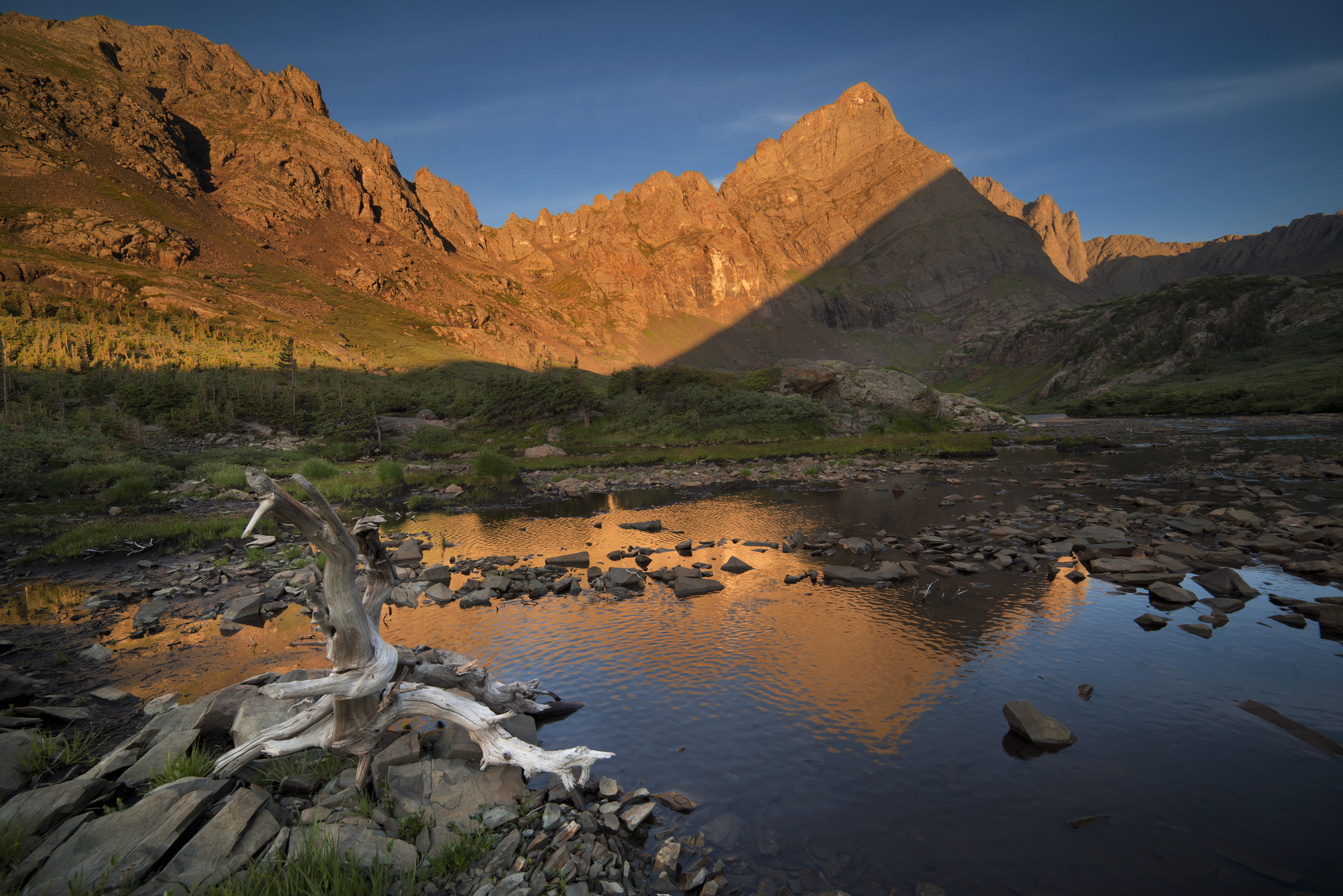
Going from newbie to avid hiker in Colorado often looks something like this: you arrive from Indiana in total awe of the state’s 58 majestic peaks above 14,000 feet and hope one day to scale one. One summer, a more experienced friend offers to take you up Quandary, so you get yourself some hiking boots at REI and hit the trail. After you get back to the trailhead, you think to yourself, ‘that was actually pretty easy!’ You then set your sights on something more lofty – say, Aspen’s Maroon Bells. It’s the quintessential Colorado image on every other postcard after all. However, once you get up there you realize that not all 14ers are easy or even hikes. Hopefully you live to tell the tale.
Lots of budding hikers do survive this process, but I’ve known a couple who never made it off the mountain. While some of the easiest 14ers in Colorado really do involve following a fairly clear path on foot for a couple of miles and, at worst, you’ll experience swollen fingers and a bit of shortness of breath, others make formidable opponents to even the most experienced mountaineers. This isn’t a challenge; rather, it’s a warning that not all 14ers can be scaled with Vibram soles and enthusiasm.
The following seven mountains are rated as the most difficult 14ers in Colorado – meaning they’re ranked as Class 4 on the hiking trail difficulty rating system and entail steep, dangerous terrain, requiring ropes. These are ones you should probably leave until last and approach with technical gear and expertise. You have been warned!
Meet the expert
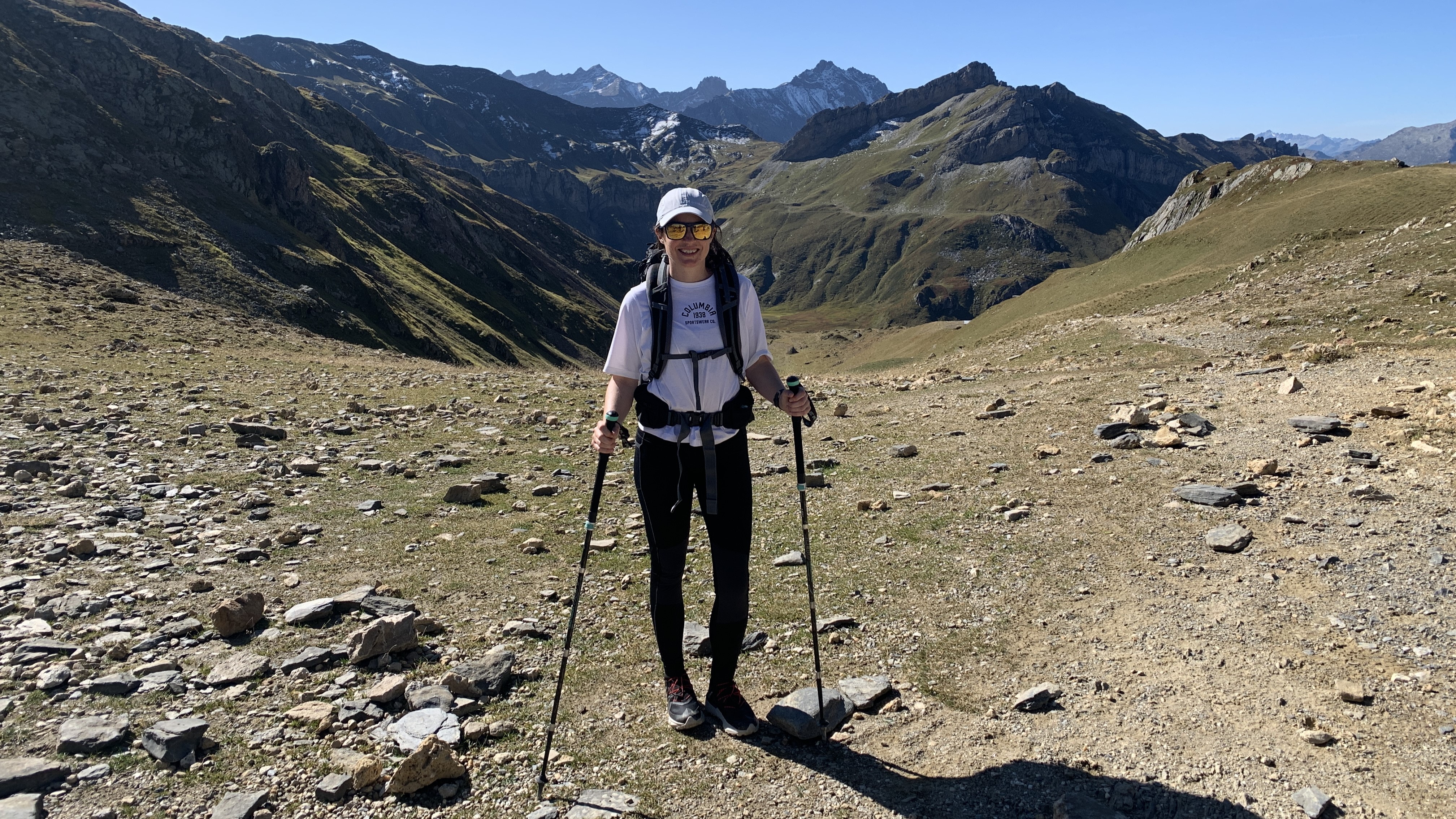
Julia grew up in Scotland, where her mountain odyssey began with the rugged Munros of the Scottish Highlands. Fast-forward to adulthood and she found herself living in the States, where she loved nothing more than taking on Colorado's 14ers – and a spot of yoga, of course. Now back in her native Scotland, she looks back at her time exploring Colorado's great peaks with immense fondness.
1. North Maroon Peak
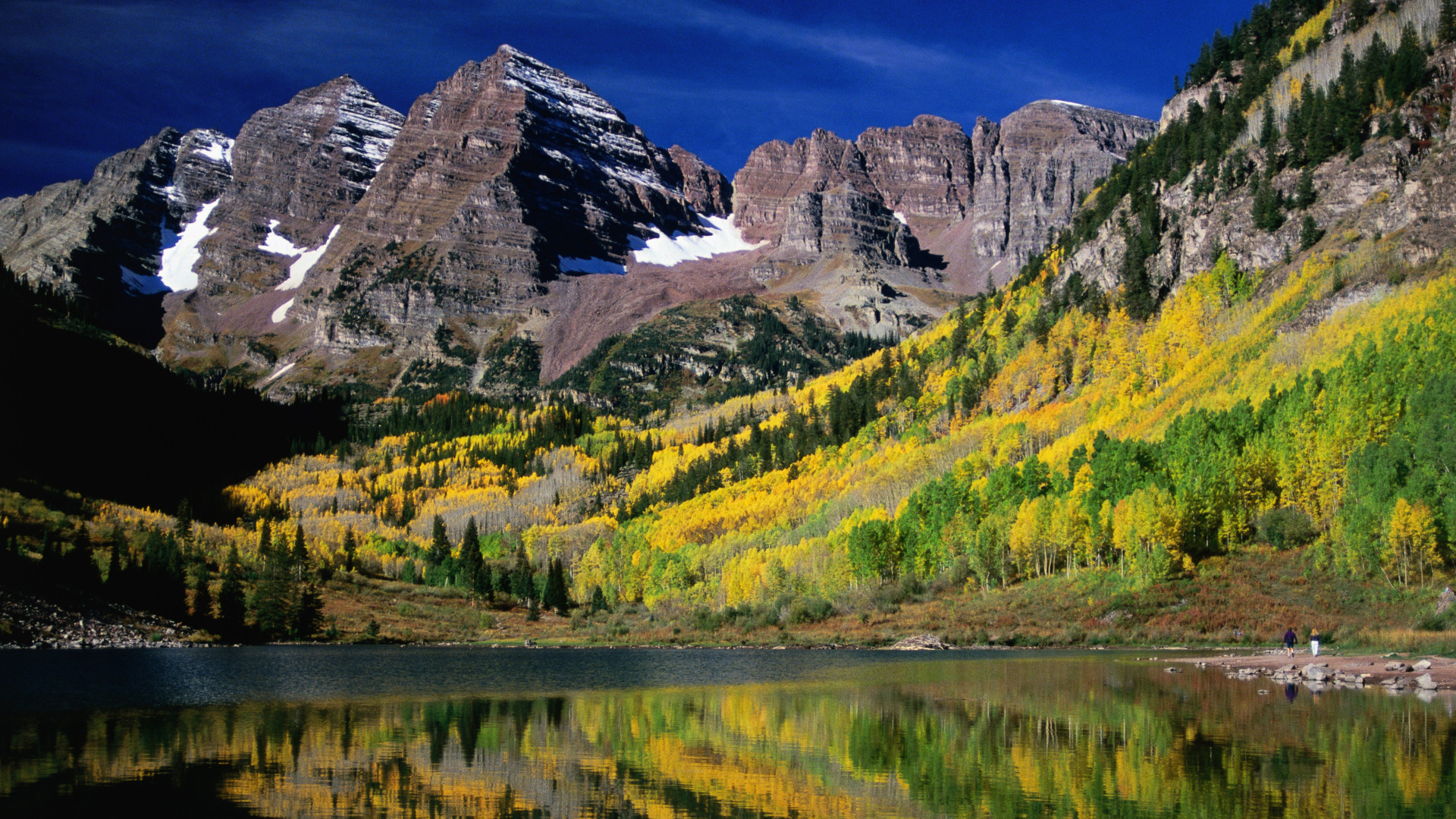
Mountain Range: Elk Mountains
Distance: 9.25 miles
Elevation gain: 4,500 feet
When approached via the Northeast Ridge, your ascent entails two treacherous gullies, loose and falling rock and technical climbing over vertical rock formations. This peak should not be attempted in anything less than perfect weather conditions and it is thought that it has claimed around 20 lives since the year 2000. A safer (but not easy) way to enjoy Maroon Bells is to hike from Aspen to Crested Butte via West Maroon Pass.
2. Crestone Needle
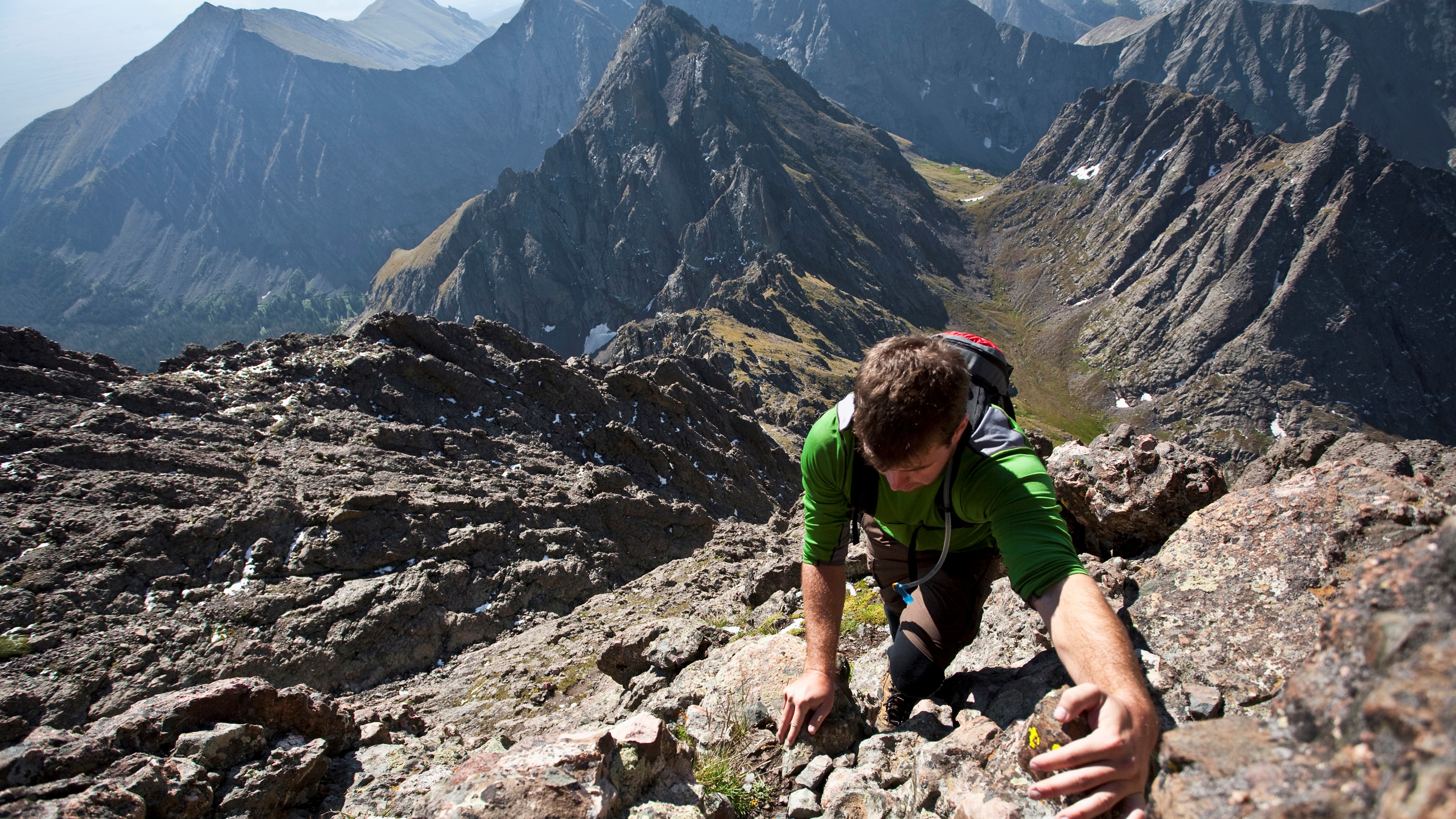
Mountain Range: Sangre De Cristo
Distance: 12 miles
Elevation gain: 4,400 feet
Ascending Crestone Needle via the South Face does involve climbing steep gullies and loose scree, however the climbing and distance aren’t the main challenge. It’s actually the difficulty with finding the route that is thought to have claimed five lives between 2010 and 2016. Past a certain point, there is no trail so it’s easy to get lost on the descent when you’re tired.
All the latest inspiration, tips and guides to help you plan your next Advnture!
3. Sunlight Peak
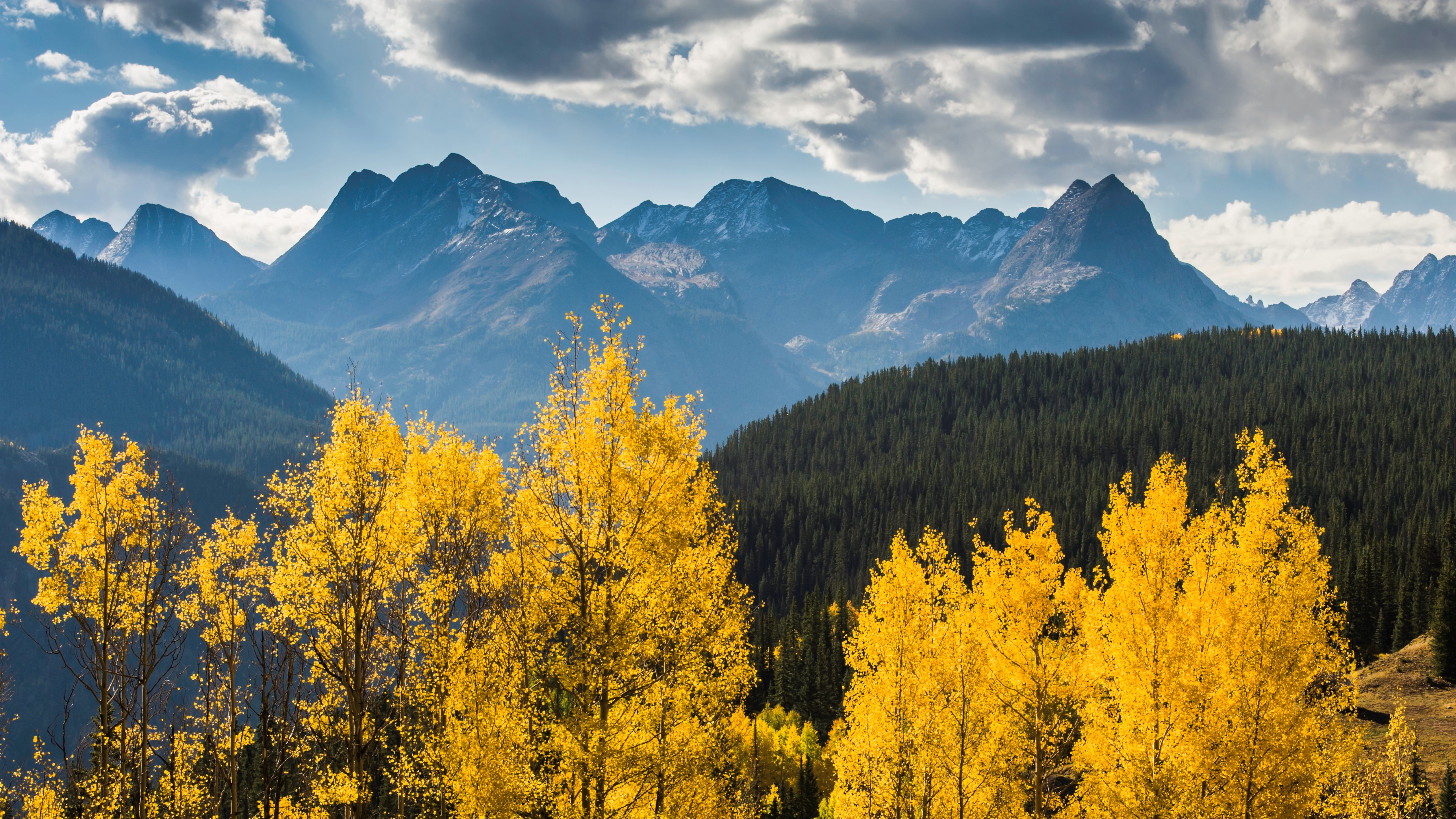
Mountain Range: San Juan Mountains
Distance: 6 miles
Elevation gain: 3,000 feet
Compared to some of the peaks on this list, Sunlight may seem not too daunting. After all, the South Face route only involves 3,000 feet and you can be at the summit in three miles, which is less than Quandary. In a lot of ways, this hike is more straightforward and it hasn’t claimed any lives in recent years, however it is classed as extremely difficult because of the final summit pitch, which involves climbing that, while relatively easy, can prove deadly if you get it wrong.
4. Pyramid Peak

Mountain Range: Elk Mountains
Distance: 8.25 miles
Elevation gain: 4,500 feet
Pyramid Peak is another not-particularly-deadly-lately climb, but an adventure up the Northeast Ridge involves difficult route finding across steep talus fields, scree and loose rock, complex climbing, crossing narrow ledges and exposed ridges.
5. Mount Wilson
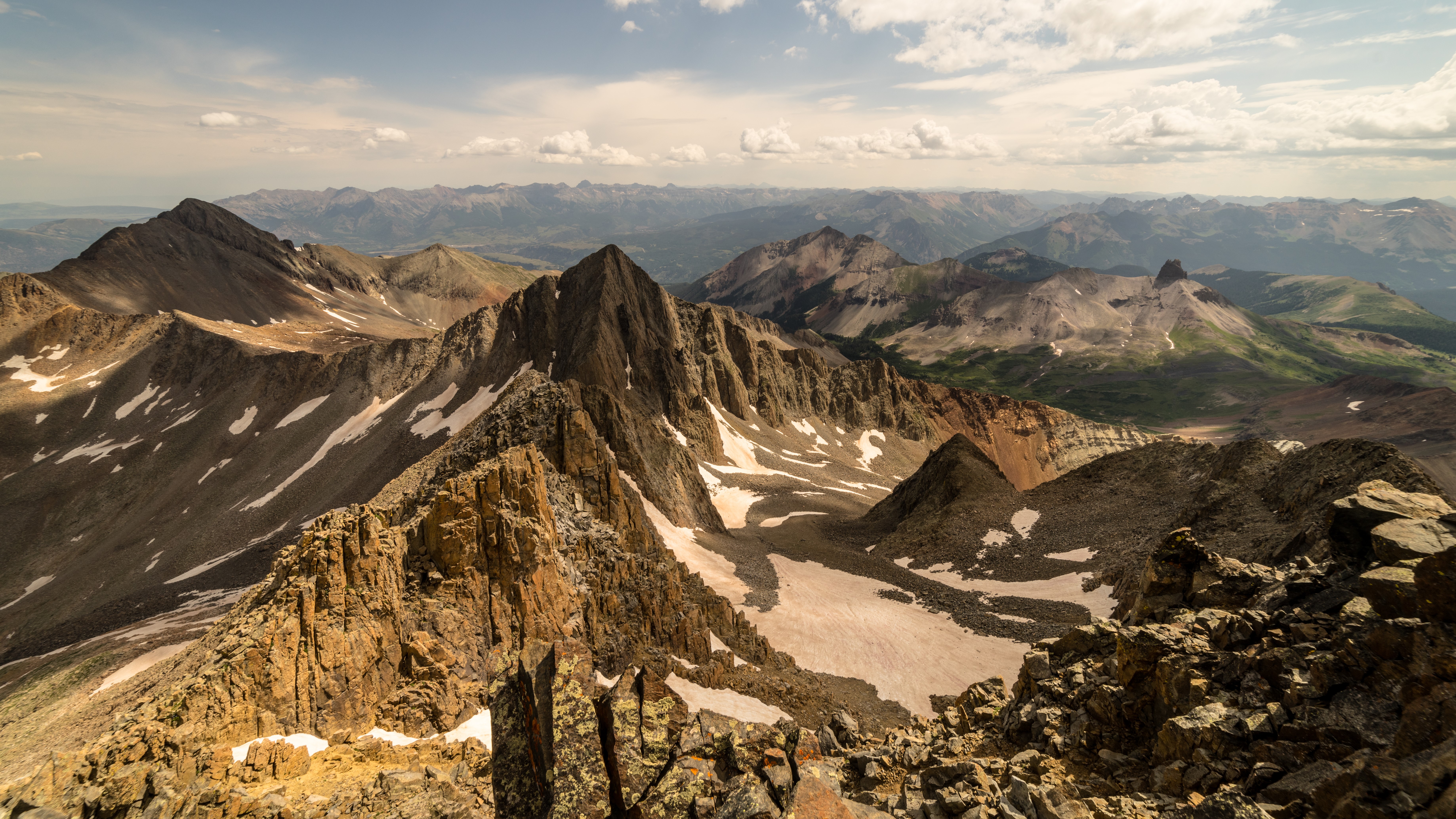
Mountain Range: San Juan Mountains
Distance: 16 miles
Elevation gain: 5,100 feet
When it comes to what makes a hiking trail hard, Mount Wilson has it all. Tons of elevation gain, a lengthy route, rock ribs, loose boulders and a tricky crux to reach the summit that can force even experienced climbers into submission. It’s not been a particularly deadly mountain, though climbers have suffered falls lasting thousands of feet and been seriously injured by rockfall on the pass between Wilson and El Diente.
6. Little Bear Peak

Mountain Range: Sangre De Cristo
Distance: 14 miles
Elevation gain: 6,200 feet
When climbed via the West Ridge and Southwest Face, you’ll gain more elevation than almost every other 14er over 14 grueling miles. In addition to all the usual suspects – loose rock, steep gullies, ice – the so-called Hourglass Gully involves 800 feet of vertical climbing. Several climbers have died on Little Bear Peak in recent years.
7. Capitol Peak
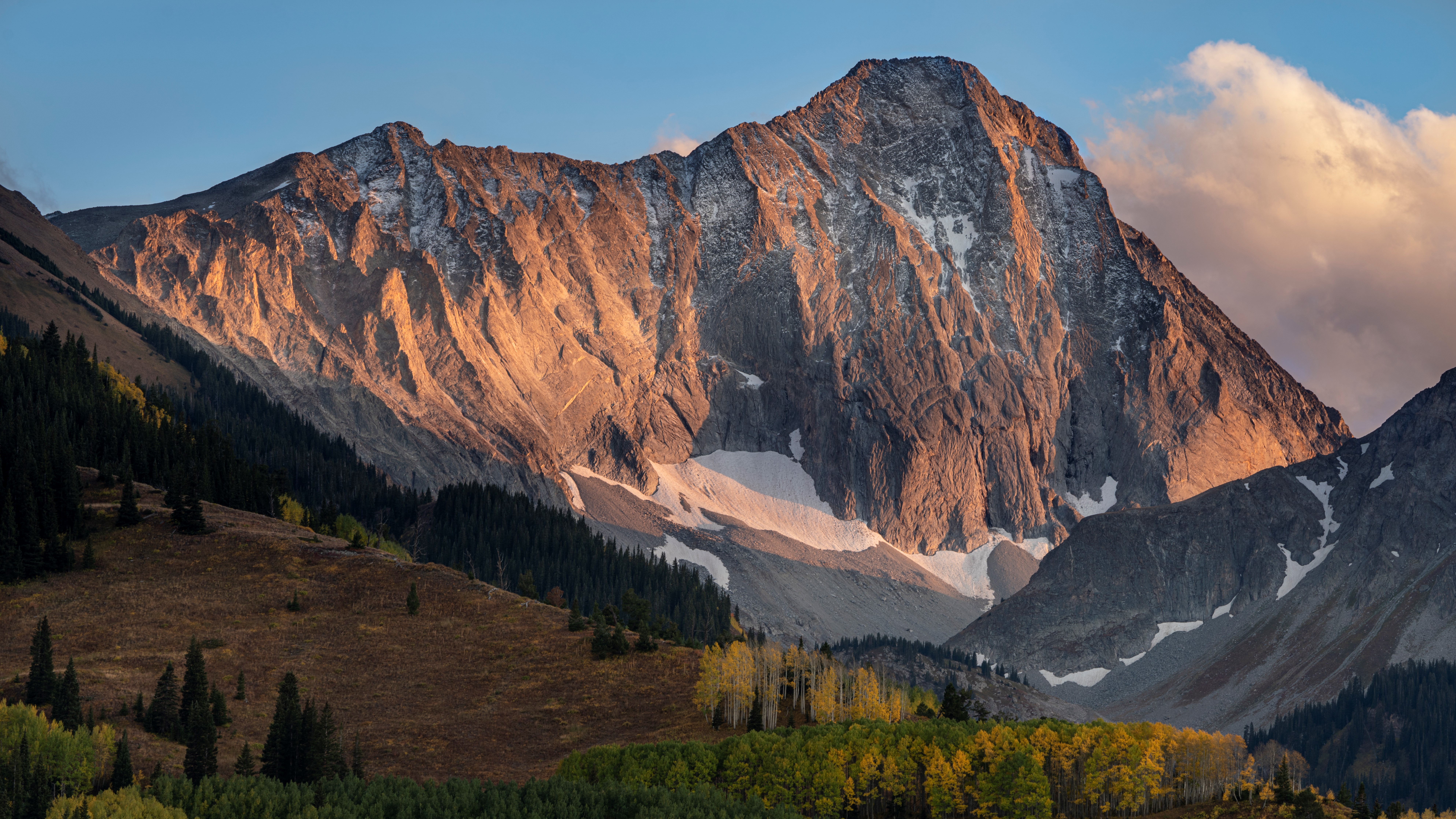
Mountain Range: Elk
Distance: 17 miles
Elevation gain: 5,300 feet
One of Colorado’s deadliest 14ers and arguably the most difficult, the crux of climbing Capitol Peak via the Northeast Ridge lies in its gnarly Knife Edge Ridge. Though this route is the only non-technical route to the summit, it still involves nerve-jangling scrambling across a narrow, exposed ridge where one wrong move could prove deadly – and indeed has done so for nine climbers since 2000, with five fatalities occurring in a single year.
Julia Clarke is a staff writer for Advnture.com and the author of the book Restorative Yoga for Beginners. She loves to explore mountains on foot, bike, skis and belay and then recover on the the yoga mat. Julia graduated with a degree in journalism in 2004 and spent eight years working as a radio presenter in Kansas City, Vermont, Boston and New York City before discovering the joys of the Rocky Mountains. She then detoured west to Colorado and enjoyed 11 years teaching yoga in Vail before returning to her hometown of Glasgow, Scotland in 2020 to focus on family and writing.

